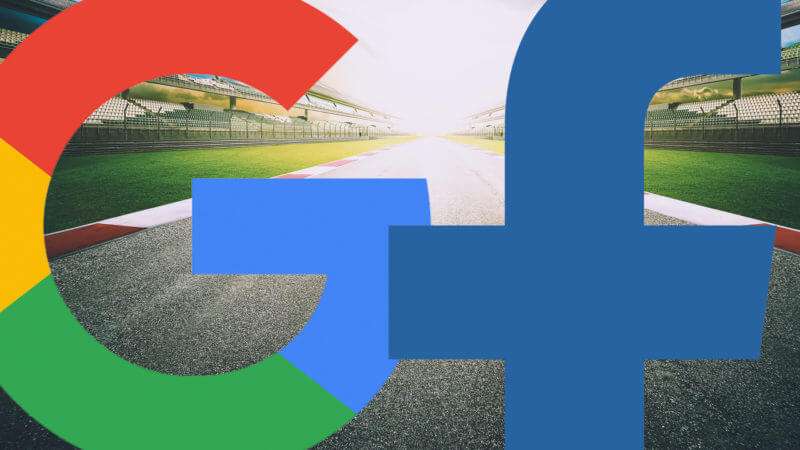 Let’s start with the good news. The US internet ad industry grew 21.8 percent (from $59.6 billion to $72.5 billion) last year, according to the Interactive Advertising Bureau. You also may have heard the bad news: Google and Facebook account for almost all of that growth, and when other big names like Amazon, Snapchat and a couple of other big public high-fliers like The Trade Desk and Criteo are taken into consideration, many players in the industry appear to have shrunk from 2015 to 2016.
Let’s start with the good news. The US internet ad industry grew 21.8 percent (from $59.6 billion to $72.5 billion) last year, according to the Interactive Advertising Bureau. You also may have heard the bad news: Google and Facebook account for almost all of that growth, and when other big names like Amazon, Snapchat and a couple of other big public high-fliers like The Trade Desk and Criteo are taken into consideration, many players in the industry appear to have shrunk from 2015 to 2016.
Why did the big players grow and the smaller players shrink? Is that a good thing for the industry in general, a culling of the weak? Or is it a bad thing that results in reducing choice and innovation? And as a buyer, what should you do? Play it safe?
Back in the day, there used to be a saying: “Nobody ever got fired for buying IBM” (implying that one should make the safe choice). That simply isn’t true anymore. So let’s look at why the numbers are the way they are and what we should do.
1. Growth in digital video, decline in TV
This skews the numbers. Many players aren’t big in video, but much of the growth in digital is coming from it regardless. Stripping out video makes the playing field look more level again.
Digital ad spending will see double-digit growth each year, soaring to $129 billion in 2021 from $83 billion in 2017, according to eMarketer’s forecast. Much of this growth can be attributed to the shift from TV to digital.
Digital ad expenditures far surpassed TV for the first time last year, and the gap will broaden by roughly $10 billion in 2017. Google (YouTube) and Facebook are uniquely positioned to garner many of these TV ad dollars — along with the likes of Hulu and other digital video providers.
2. Measurability
Facebook and (to a lesser degree) Google both have their own ecosystem. If you buy an ad on Facebook, you most likely know where it’s going to run, and the systems of metrics are closely known and tightly controlled.
Despite a variety of snafus (like Facebook exaggerating video impressions and YouTube showing ads on terrorist sites), these walled gardens are still safer and simpler to measure than the multitude of systems you need to buy on the unwashed internet.
Ironically, Apple (a Google competitor in the mobile space) has helped the two behemoths by making it difficult for ad tech providers to track people who use Safari. This is no big deal on desktops and laptops, but as AdExchanger points out, it’s a huge deal on mobile.
But does buying on Facebook and Google solve this problem?
If we go back to the basics of advertising, and think about reach and frequency, the very largest sites on the internet have massive reach — some up to 90 percent of the internet. However, that doesn’t mean the frequency with which they reach these people is also high.
So if you want to reach everyone, you’d better be buying elsewhere as well. If you can put systems in place to make sure you can measure your buy, then you can remove the big player advantage and expand your frequency to a large portion of your audience.
3. Death of the middleman
Disintermediation (the removal of the middle-man/reseller) has caused disruption across various industries, like travel agencies, taxi companies and retailers. This is also happening in ad tech. For the past 10 years, the media buyer has taken a circuitous route to the media seller. It’s gone something like this.

[Read the full article on MarTech Today.]
Some opinions expressed in this article may be those of a guest author and not necessarily Marketing Land. Staff authors are listed here.
About The Author

